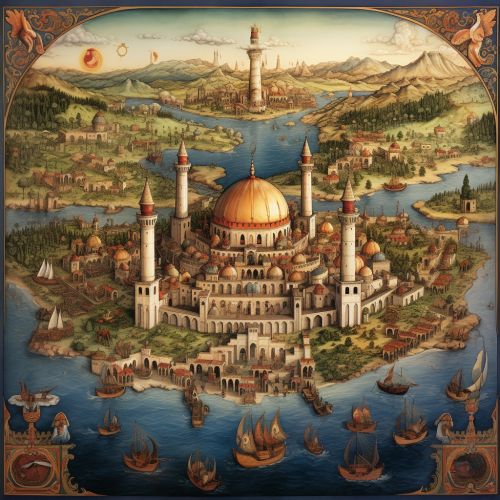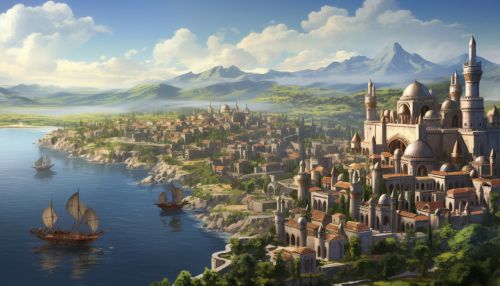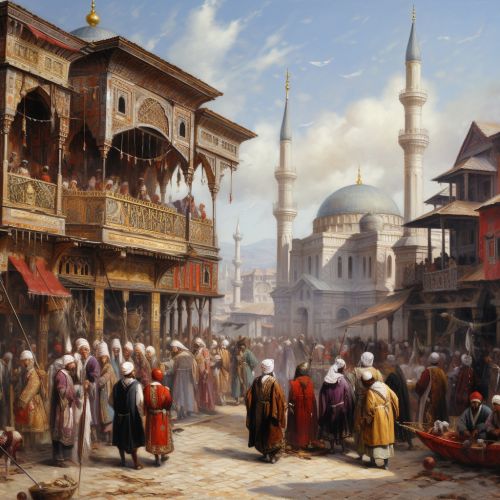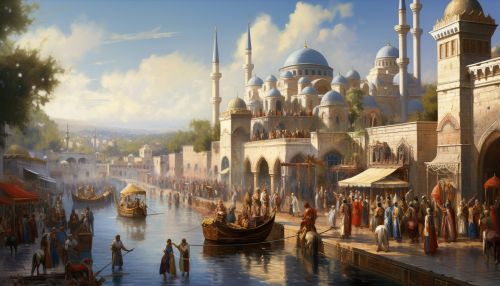Ottoman Empire
Origins
The Ottoman Empire was established by a tribe in Anatolia, led by Osman I, in the late 13th century. Osman I expanded his kingdom by capturing the city of Bilecik in 1302, marking the start of the Ottoman state. The empire was named after Osman I, who is known as "Ottoman" in the West.


Expansion and Consolidation
The Ottoman Empire expanded rapidly under the rule of Osman I and his successors. The empire's territory extended across three continents, including parts of Europe, Asia, and Africa. The empire's expansion was driven by a combination of military conquest, diplomatic alliances, and the voluntary submission of neighboring states. The empire's military prowess was demonstrated in the capture of Constantinople in 1453, marking the end of the Byzantine Empire.
Government and Administration
The Ottoman Empire was an absolute monarchy, with the Sultan serving as the supreme ruler. The Sultan was assisted by a council of ministers, known as the Divan. The empire was divided into provinces, each governed by a Pasha appointed by the Sultan. The Ottoman legal system was based on a combination of Islamic law and customary law.
Society and Culture
Ottoman society was diverse, with a mix of ethnic, religious, and linguistic groups. The empire was predominantly Muslim, but there were also significant Christian and Jewish communities. The official language was Ottoman Turkish, but Arabic, Persian, and various European languages were also spoken. Ottoman culture was a blend of Turkish, Persian, Arab, and Byzantine influences, reflected in the empire's architecture, literature, music, and cuisine.


Decline and Fall
The decline of the Ottoman Empire began in the late 17th century, marked by military defeats, economic difficulties, and internal strife. The empire's decline was exacerbated by the rise of nationalist movements in the 19th century. The empire was dismantled after World War I, with the establishment of the modern state of Turkey in 1923.
Legacy
The Ottoman Empire left a lasting legacy in the regions it ruled. The empire's influence is evident in the modern states of Turkey, Greece, Bulgaria, Egypt, and others. The empire's architectural, literary, and musical traditions continue to influence contemporary culture in these regions.
